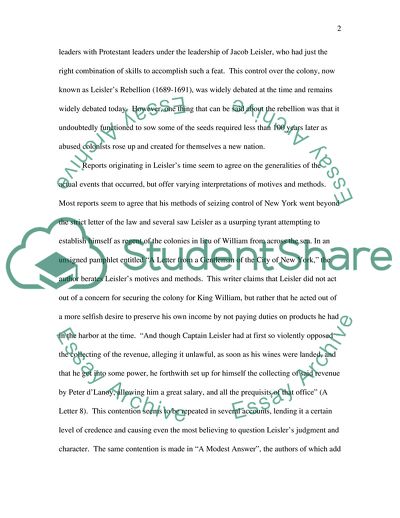Cite this document
(Leislers Rebellion Term Paper Example | Topics and Well Written Essays - 1750 words - 9, n.d.)
Leislers Rebellion Term Paper Example | Topics and Well Written Essays - 1750 words - 9. https://studentshare.org/history/1712480-essay
Leislers Rebellion Term Paper Example | Topics and Well Written Essays - 1750 words - 9. https://studentshare.org/history/1712480-essay
(Leislers Rebellion Term Paper Example | Topics and Well Written Essays - 1750 Words - 9)
Leislers Rebellion Term Paper Example | Topics and Well Written Essays - 1750 Words - 9. https://studentshare.org/history/1712480-essay.
Leislers Rebellion Term Paper Example | Topics and Well Written Essays - 1750 Words - 9. https://studentshare.org/history/1712480-essay.
“Leislers Rebellion Term Paper Example | Topics and Well Written Essays - 1750 Words - 9”. https://studentshare.org/history/1712480-essay.


